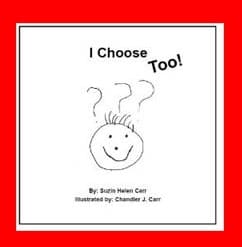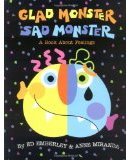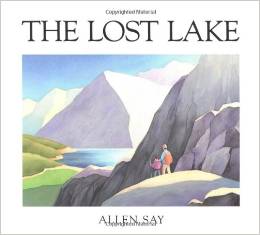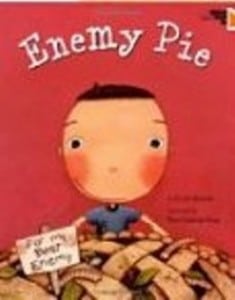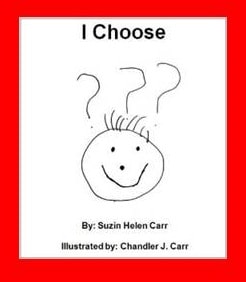 Children enjoy being able to decide things for themselves. As parents we often make the bulk of the decisions in our children’s lives. Most of us understand that decision making is a skill. Like all skills, mastery only comes through practice. Long before kids become proficient decision makers, they will plod through many errors in judgment. As parents, we face a learning curve too–when is it “safe” for kids to make a choice and when must the decision fall on our shoulders?
Children enjoy being able to decide things for themselves. As parents we often make the bulk of the decisions in our children’s lives. Most of us understand that decision making is a skill. Like all skills, mastery only comes through practice. Long before kids become proficient decision makers, they will plod through many errors in judgment. As parents, we face a learning curve too–when is it “safe” for kids to make a choice and when must the decision fall on our shoulders?
One time-tested strategy most parents utilize: giving kids limited options. For example, “Do you want to wear the red shirt or the green one?” Or, “Would you like to brush your teeth with this toothpaste or the other flavor?” Gradually, we release control and they assume it. When a decision flops, we help them extract the learning and then encourage them to try again. Failure is the stepping stone to proficiency not the end of the world. We help them to notice how their decision-making skills are improving. We eliminate the expectation that they will bat a perfect game and open the space to try, and try again. Always, we highlight the learning instead of the error. Throughout the process, we are there as a safety net to protect them from major missteps.
This week, I want to introduce you to an award-winning book written by Suzin Helen Carr and illustrated by her then seven-year-old son. Aptly titled “I Choose,” the book visits various moments when a child–or adult–is called upon to make a choice. For example, what to wear, how to feel, what to see, do, eat or play. The darling illustrations bring the ideas to life in a way that will appeal to kids. I think it will increase their ability to notice and appreciate the many “choosing” opportunities that occur in their day.
The message of “I Choose,” will certainly resonate with adults who share the book with their child. Suzin has also written a version of “I Choose too” an adult version of this illuminating book . Readers can breeze through this short gem of a book very quickly. Better yet, pause and explore each page. There’s an endless possibility for talking with your child. You just might be surprised by what you discover about one another. From Suzin’s website:
“Chandler J. Carr was age 7 when he drew the artwork in this book. He plays wonderful guitar, loves video games and drawing and wants to be a video game designer when he grows up. He says that one of the most special things about him is his creative mind.
Suzin H. Carr is the author of I Choose, I Choose Too!, and Yo Elijo, the wife of James, and the mother of Chandler. She lives in Lutz, Florida where she juggles the life she chooses and is grateful for countless blessings and immeasurable joy.
She is available to speak to your local school, club, or Scout Troop. Topics include the message of the book, the book printing process, its impact on a 7 year old, and following your dream as an artist or writer.”


